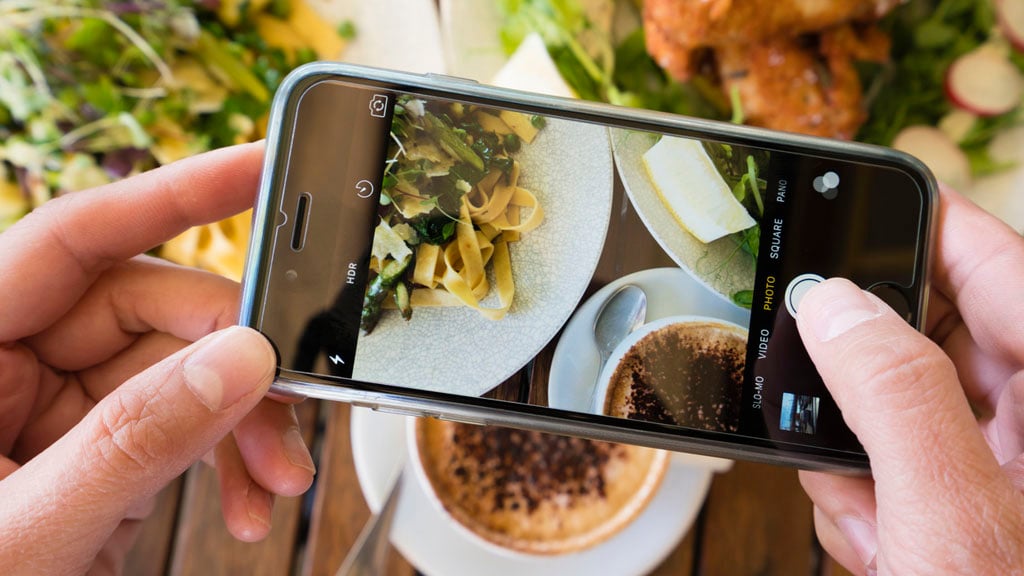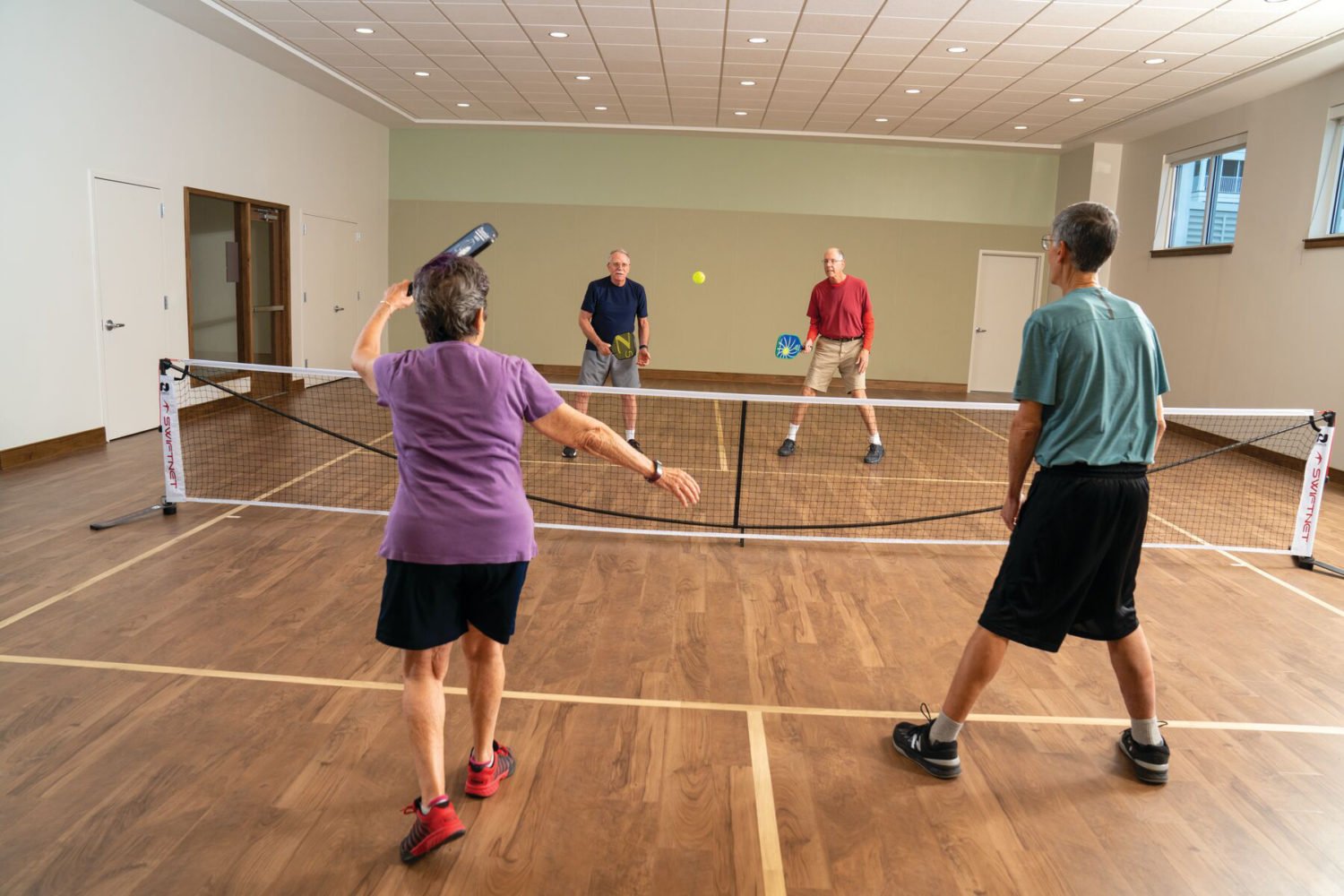If you search for #fooddiary on Instagram, you’ll come up with no fewer than 3.5 million results. It’s no secret that food photos are popular on Instagram, but given that users have starting tracking their diets through the photo-sharing app, a team of researchers at the University of Washington decided to study why and how posting food on Instagram can affect our healthy eating choices.
Food diaries have long been prescribed by dietitians for those looking to get a realistic understanding of what they’re ingesting. But while there are numerous food-tracking-specific apps on the market—MyFitnessPal and Weight Watchers, for example—the researchers, building off the research of others who had gone before them, found that the ease of using Instagram to track food intake was beneficial.
“Existing food diaries take a lot of work to be use useful, both for recording data and often for identifying opportunities to eat healthier or patterns,” says study co-author Sean Munson. “Mobile apps can help with some of that—they can total up calories for you, for example—but they still require a lot of work to enter a food.”
Apps like MyFitnessPal operate with a database of food and require that users log everything they eat and select the brand name and portion size of the food in order to get the most accurate nutritional information. Logging every bite, however, is time consuming. In contrast, taking a photo of the food—which, c’mon, most of us are already doing anyways—is quick and easy.
“If I was out with friends or something, then a quick snapshot of the food would be easier than saying, ‘Hold on guys, I need to pull up MyFitnessPal and put everything down and the right serving size,’” says a study participant in the researcher’s paper.
For the study, the researchers tracked down 16 Instagram users who said they were using the social platform to support healthy eating and fitness goals. Through roughly hour-long interviews with each study participant, the researchers sought to understand how they were using the app to promote healthy eating. In addition to the fact that Instagram was a faster way to create a lasting memory of their meals, the researchers also found that the social aspect of the food diary was key. For example, participants took into account the fact that green veggies and colorful food was more aesthetically pleasing to their followers, which in turn influenced some of their food choices for the better.
The fact that users could also use hashtags to connect in with healthy-eating communities proved to be important as well. Not only could the Instagrammers get feedback, accountability, and encouragement from their followers—they could also comment on other users’ posts and get inspiration for recipes and habits that had the potential to affect their own healthy choices.
That doesn’t mean, however, that snapping a photo of your food and posting it to Instagram is necessarily a great replacement for all traditional food diaries. For one thing, Instagram doesn’t tell you how many calories are in your healthy-looking acai bowl. That’s why the researchers found that many of the study participants were using other food tracking apps concurrently with Instagram. They could get the data from the traditional apps, then share it with their followers on Instagram to get a boost of encouragement from their digital community.
“In our study, we found people use multiple tools at the same time. They use Instagram to receive and provide social support, or to use it as a record so they’ll remember to log it to other tools at the end of the day,” says study co-author Christina Chung. “It might be unrealistic for a single tool to support the variety of goals individuals have and the fact these goals might change overtime. There is an opportunity, though, for system designers to think about how we can support people to integrate data from different sources or support people to import data from or export data to other tools they use.”
The paper, titled “When Personal Tracking Becomes Social: Examining the Use of Instagram for Healthy Eating” is set to be presented at the CHI 2017 Conference on Human Factors in Computing Systems this month.














